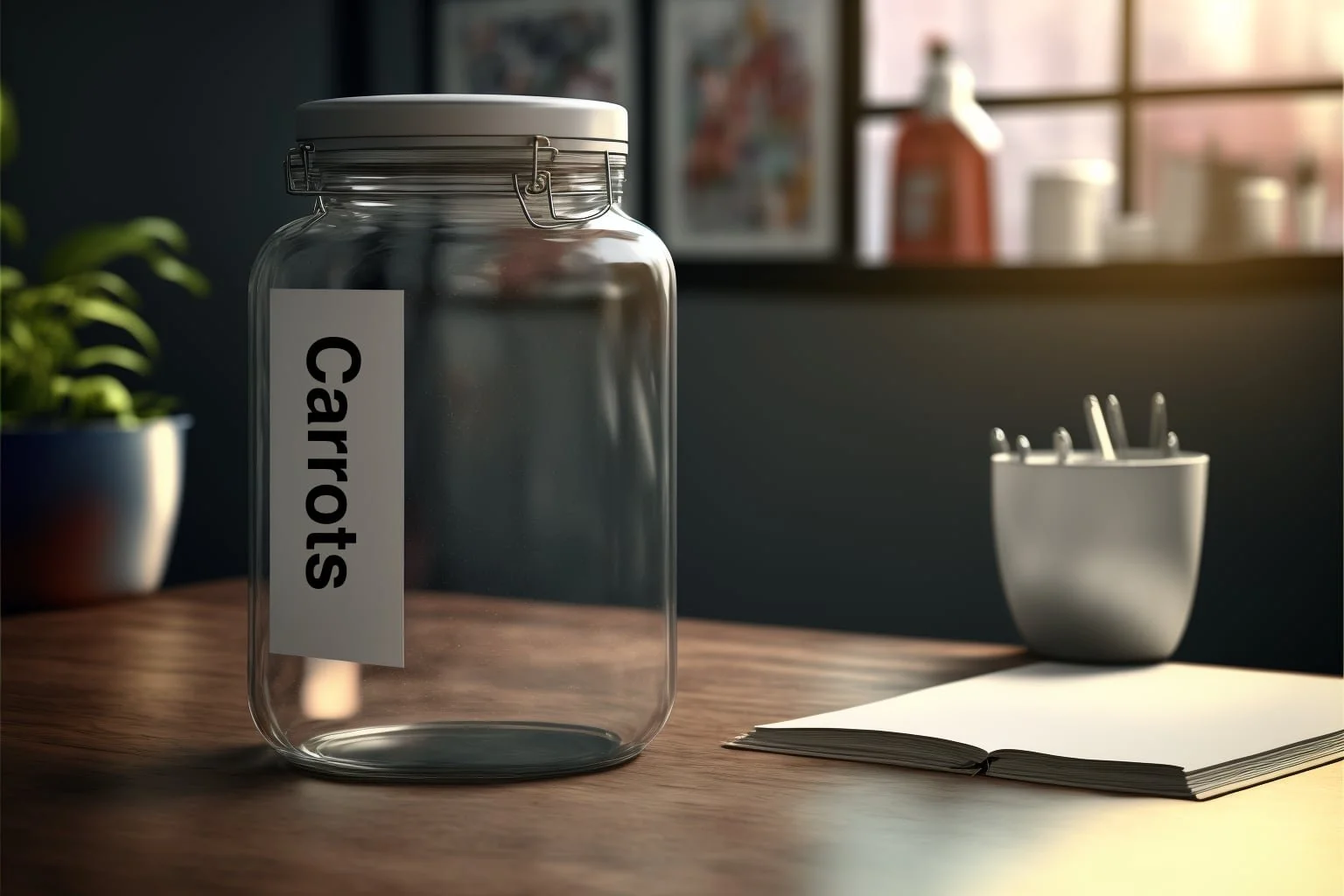Better pricing & product strategy
for SaaS, AI, marketplaces, hardware & software companies
Three client pricing problems I often work on
Successful or mature product with outdated or sub-optimal pricing
A successful or mature product which has been on the market for some time. It may have found product/market fit, accumulated customers and gained new features, but the pricing hasn’t changed much (or at all). The pricing structure is now somewhere between sub-optimal and unfit for purpose. But it’s not clear what to replace it with or how to transition to something better.
You’re looking for help to update or replace the existing pricing with an effective and optimised pricing structure which will maximise one or more of annually recurring revenue (ARR), average contract value (ACV), average transaction value or customer lifetime value (LTV).
New product needs pricing
Preparing to launch a new product or a major new proposition as part of an existing product.
You’re looking for help to create an effective and optimised pricing structure which will maximise one or more of annually recurring revenue (ARR), average contract value (ACV), average transaction value, or customer lifetime value (LTV).
Transition from perpetual licenses or CapEx customer spend to annually recurring revenue (ARR) or OpEx customer spend
A company transitioning from perpetual licenses to annual recurring revenue (ARR) and/or they want to move more of their customers’ spend from CapEx to OpEx.
Sometimes the transition has already started, but is not progressing as hoped. Other times, the transition has yet to begin.
You’re looking for help with one of both of:
A. Creating an effective and optimised pricing structure to deliver more annually recurring revenue ARR) and maximise customer lifetime value (LTV)
B. A plan for moving legacy customers to the new recurring revenue structure.
What is pricing & product strategy?
An actionable and practical approach to solving these problems:
How do we set & optimise pricing to affect the KPIs which matter to us most?
How should we monetise our products?
Specifically what should we build & prioritise which our target market wants to use and pay for?
Real examples of my projects (anonymised)
My public writing on pricing & product strategy
Testimonials
-
Robin is a remarkable pricing specialist who transformed our migration from perpetual licenses to annually recurring SaaS subscriptions, while also optimising our existing SaaS subscription propositions. He resolved and de-risked pricing, packaging and product strategy challenges across our product lines and customer types, including consumer, SMB, OEM and enterprise. Robin was essential in making SaaS subscriptions work for current and future customers, and in developing a Long Term Support Channel (LTSC) format with recurring revenue. He minimised the revenue gaps associated with transitions away from perpetual licenses, and solved legacy and “grandfathering” challenges across our products. He delivered actionable analysis backed by a robust defense of his recommendations. This mattered because these changes are a significant break from how we’ve traditionally priced and structured our propositions. His strategic thinking, technical knowledge, attention to detail and commercial savvy boosted our confidence in implementing fundamental changes. And those changes have already yielded strong outcomes measured in upgrade revenue, retention and new subscriptions. I highly recommend Robin for any organisation which wants to improve their pricing or navigate a complex product transition. He has an impressive & unusual combination of capabilities and experience, and is collaborative and straightforward to work with. We’ve already undertaken further work with Robin, and I look forward to working with him on future projects.
Craig Mackay, Chief Product Officer, Macrium
-
Robin did an exceptional job in defining our product strategy, segmenting our customer types and setting the pricing. His recommendations were thoughtful, detailed and based on remarkably insightful analysis and understanding of our customers’ needs. Robin is unusual in his straightforwardness and willingness to have difficult conversations. He quickly gets to the crux of awkward problems and is willing to push back, even when it doesn’t necessarily make his life easier to do so! His analysis is nuanced and considered, and he responds constructively to feedback and new information. After completing a pricing & product strategy project for us, I had no hesitation in engaging Robin for a second project to help define our go-to-market strategy. I’ve since engaged Robin again on an ad-hoc consulting basis, to work with our product and tech teams.
Steve Evans, Founder & CEO, Unicursal Group. Founder & CEO, Net Natives. Founder & Owner, XEquals
-
I worked closely with Robin on a project for a previous company. He was essential in optimising the pricing on our core automation product and our marketplace proposition. He also worked closely with the Board and Senior Management Team on a range of product, commercial and strategic issues. He took the initiative and delivered vital analysis & recommendations to resolve several strategic questions facing the company. I like and trust Robin. He is practical, business savvy and straight-talking in a way that many consultants are not! I’ve no hesitation in recommending him.
Tony Harriss, Executive Chair, Legal 500
-
Robin is seriously smart, unafraid to challenge, thoughtful and very insightful. He provided a great and thorough report for us that we frequently refer to as a team. He's able to efficiently dig deep into a business and come back with confident and nuanced conclusions.
Sarah Hesz, Chief Commercial Officer, Bubble
-
Robin was instrumental in setting our initial product and pricing strategy, working closely with the board and executive team during our investors' due diligence. Robin helped hire and transition the strategy across to permanent members of the team that went on to implement much of that plan and still continue to use the initial work as reference.
Ben Caulfield, CEO, Eedi
-
Robin was an essential consultant for Pouch. His contributions ranged across product strategy, commercial strategy and performance measurement. He helped us deal with some fiendishly difficult problems, and I was pleased to get his input through to the company's successful exit to Europe's largest e-commerce rewards company. Since then, I've stayed in contact with Robin, and am delighted to call upon his advice for my new company.
Jonathan Plein. Previously: co-founder & CEO at Pouch. Now: co-founder at YASO
Real examples of problems companies have asked me to work on (anonymised)
“We’re launching this new product. How should we price it?”
“Our program to transition from perpetual licenses to ARR has stalled. How do we accelerate it and maximise uptake among legacy customers?"
“A few of our customers are responsible for a disproportionate percentage of our revenue. How are those customers different from the others, and how do we grow average revenue from the ‘long tail’”?
“How can we calculate & track LTV if we’re unable to accurately attribute revenue on a per-user basis?”
“We want to make our internal software tool available to third parties as a SaaS proposition. How should we turn it into a necessary proposition for our target customers, and how should it be priced?”
“Our proposition has failed to find product/market fit. Why has this happened, and what should we do about it?”
“We’ve got a range of products & services, but need to figure out how to prioritise them so as to accomplish specific objectives and improve these KPIs”
“Our customers vary considerably in their ability to pay. How do we amend our pricing and value proposition to deal with this?”
“How do we turn an existing ad-hoc de-centralised multi-sided marketplace into one which runs through our SaaS?”
“We’ve identified several opportunities adjacent to our core proposition. These could expand our addressable market and drive new revenue streams, but we’re not sure which — if any — we should pursue”
“We’ve got users, but we’re not monetising them effectively. What should we do now?”
“We know we’ve messed up our pricing. How do we fix it?”
“How can we further monetise legacy customers who previously purchased perpetual licenses?”
“We’ve an opportunity to enter the Chinese market. How much should we change our product roadmap to do so?”
“Our new customers spend a long time onboarding, but too many of them only use our proposition once or twice, and then never come back. Why are we losing those customers, and what should we change in our pricing or our product to improve their retention?”
“How should we ‘productise & package’ this combination of tools, content & training into a value proposition which customers want to use and pay for?”
“We’re trying to do too many things, but aren’t sure how & what to cut”
“How should we structure & price the paywall on our content while we also try to boost engagement from non-paying customers?”
“How do we calculate churn if we have no visibility on when our product is uninstalled?”
“We’re thinking about acquiring a company. Realistically, how much incremental revenue will it deliver post-acquisition?”
All my clients have at least one of the following problems (and most have at least two)
They've launched a product with sub-optimal pricing and now need to go back and fix it.
They're about to launch a new proposition and want help setting optimised pricing.
They’ve not segmented their customers well (or at all) by requirements and willingness to pay.
They've developed impressive technology but want help converting (or “productising, packaging and pricing”) that tech into a proposition that customers want to use and pay for
They are struggling to find product/market fit
They're working on too many things but aren't sure how & what to cut back
They have too many opportunities and aren't sure what to focus on
I write a newsletter about pricing strategy. More than 750 people are subscribed.
For 9 years I’ve been a pricing and product strategy expert. Before that, a founder/CEO; a Director of Revenue Strategy, an Information Architect and a chicken farmer. I’ve worked with a bunch of companies on pricing, revenue strategy, product strategy, monetisation, price optimisation, KPI modelling, ‘red team’ analysis, and opportunity analysis.
In 2009 I founded a company called InvisibleHand* where we developed & patented technology for algorithmically matching millions of SKUs across merchants around the world. We had a B2C browser extension which won a lot of shiny awards and got millions of downloads. And a B2B API, which didn’t win any awards, except that when we got acquired by Skimlinks in 2013, it was the world’s only source of accurate real-time price data. In fact, a top Amazon engineer told me they’d tried to reverse engineer InvisibleHand because it was so much better than Amazon’s own internal tools. Happy days.
Directing Revenue Strategy at Skimlinks was super-interesting. Firstly because Skimlinks is a fascinating place to work, with all kinds of opportunities for exposure to different revenue strategies, product strategies & business models.
Secondly, I got to speak to, learn about and work with a lot of different companies. I often found myself being asked to advise these companies on matters of revenue & product strategy – going well beyond the immediate concerns of their prospective partnerships with Skimlinks.
I started consulting in 2016 off-the-back of three insights I gained from advising many third party companies at Skimlinks. I saw the same issues occur over-and-over, and realised that too many underperforming companies or product failures occur when:
A. Key unstated/obfuscated assumptions underly the founders’ (or product manager’s) belief in the success of their product. It’s extraordinary how often that happens, including companies which are big enough & old enough to know better.
B. Talented & capable teams are tasked with building a ‘great product’ while insufficient attention is paid to:
- the quantifiable ROI it’ll deliver to customers
- how that ROI is perceived by customers vs how it’s perceived by the product team.
C. Pricing is set (sometimes fatally) via a finger-in-the-air exercise, without necessary attention to customer segmentation, unit economics or perceived customer ROI.
After leaving Skimlinks, I took a consulting CEO role at a SaaS startup which provides operations automation for manufacturers & distributors. There I designed & implemented a new pricing structure from scratch, including value metrics, feature stepping and margin optimisation. I defined the company’s customer acquisition strategy; led product strategy and closed five-figure ARR deals with new customers – including the company’s first customers in US.
I’ve since advised many more companies on both sides of the Atlantic.
Before InvisibleHand, I was a consultant and Information Architect for 5 years, and worked in various startups. And before that, I received my MSc in Human Computer Interaction from University College London.
I live in London with my wife and children.
About me
*The product at getinvisiblehand.com is not powered by InvisibleHand IP.
































